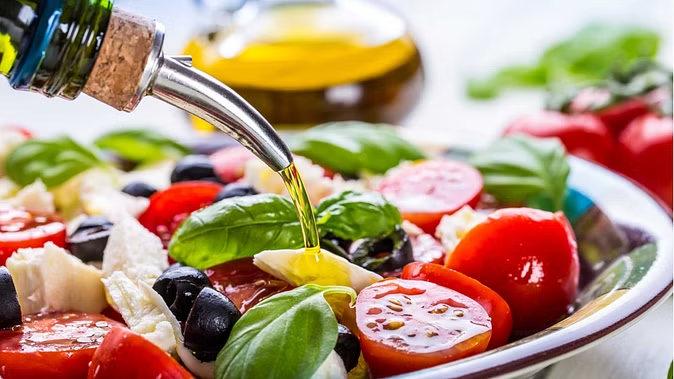The terms "waterproof," "spillproof," and "splashproof" are often used to describe the water resistance capabilities of smartphones and other electronic devices. However, it's important to note that these terms can be somewhat misleading and require clarification.

Waterproof: The term "waterproof" implies that a device is fully resistant to water and can be submerged without suffering any damage. However, in practice, very few smartphones are genuinely waterproof in the strictest sense. Some high-end smartphones may be labeled as "waterproof" to a certain depth or for a specific duration, but even then, it's advisable to exercise caution and not deliberately expose them to water unnecessarily.
Spillproof/Splashproof: These terms typically indicate that a device has some level of water resistance and can withstand minor exposure to water, such as accidental spills or splashes. Spillproof or splashproof devices are not designed to be fully submerged in water and may not provide the same level of water resistance as devices labeled as "waterproof."
It's worth mentioning that water resistance can degrade over time due to wear and tear, so even if a device initially offers water resistance, it may become less effective over extended use. Additionally, water resistance may not cover all types of liquid damage, and other factors such as pressure, temperature, and exposure duration can also affect a device's performance in water.
To get accurate information about a specific smartphone's water resistance capabilities, it's recommended to consult the manufacturer's official documentation, product specifications, or contact customer support. Additionally, following the manufacturer's guidelines and taking necessary precautions, such as avoiding excessive water exposure, can help prevent damage to your smartphone.










